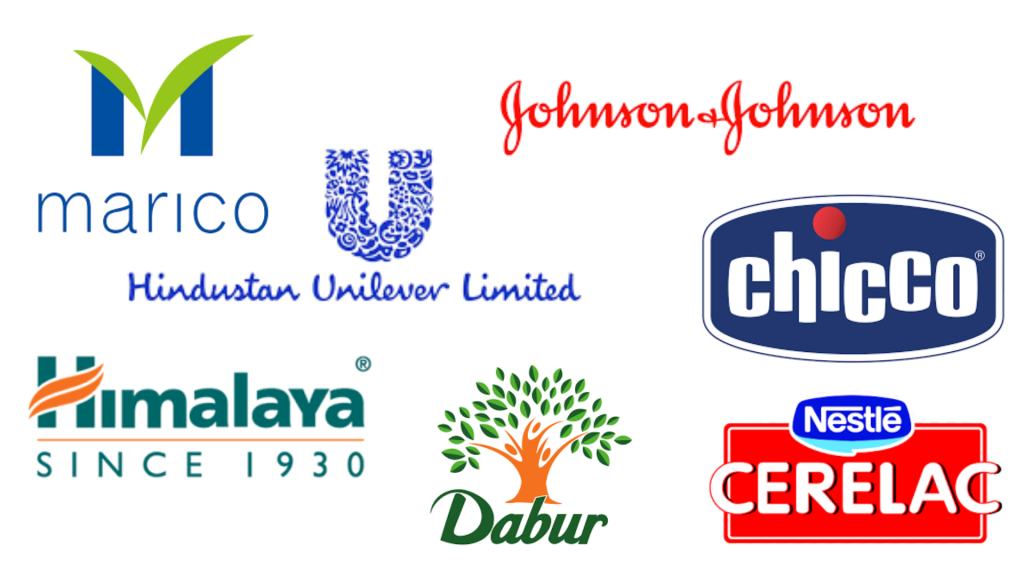The baby care products market in India is witnessing significant growth, driven by a number of factors including a rising population, increasing disposable incomes, and growing awareness about baby care. According to various reports, the market size of baby care products in India is estimated to be around USD 12.73 billion in 2022, and is expected to reach USD 38.51 billion by 2029, growing at a CAGR of 17.25%. This substantial growth presents immense opportunities for players in the baby care industry.
Key Trends Shaping the Market:
- Rising urbanization and nuclear families: With growing urbanization and the trend of nuclear families, parents are becoming more conscious about their babies’ needs and are willing to spend more on premium baby care products.
- Increasing working mothers: The increasing number of working mothers is driving the demand for convenient and easy-to-use baby care products.
- Growing online sales: The e-commerce boom is providing wider access to baby care products, especially in Tier 2 and Tier 3 cities.
- Focus on organic and natural products: There is a growing demand for organic and natural baby care products as parents become more concerned about the safety and ingredients used in these products.
- Rising awareness about baby care: social media and parenting forums are playing a major role in increasing awareness about baby care among parents, leading to a more informed consumer base.
Competitive Landscape:
The Indian baby care products market is highly competitive, with both domestic and international players vying for market share. Some of the key players in the market include:

- Hindustan Unilever Limited (HUL): HUL is the leading player in the Indian baby care market, with brands like Horlicks, Lakme Baby, Dove Baby, and Baby Dove.
- Dabur India Ltd.: Dabur has a strong presence in the baby care market with brands like Lal Dabur, Honitus Baby Lotion, and Chyawanprash.
- Marico Limited: Marico offers baby care products under the brands Mamaearth and Beardo.
- Johnson & Johnson Pvt. Ltd.: Johnson & Johnson is a leading global player in baby care, with brands like Johnson’s Baby, Aveeno Baby, and Desitin.
- The Himalaya Drug Company: Himalaya offers a range of organic and natural baby care products.
- Nihal Desai Private Limited: Nihal Desai is known for its Ayurvedic baby care brand, Chicco.
- Nestlé India Ltd.: Nestle offers baby food and nutrition products under the brand Cerelac.
Competitive Analysis:
Each player in the market has its own unique strengths and weaknesses. Here is a brief analysis of some of the key players:
- HUL: Strengths: Strong brand portfolio, wide distribution network, good understanding of the Indian consumer. Weaknesses: Vulnerable to economic downturns, limited presence in the organic and natural segment.
- Dabur: Strengths: Strong brand heritage, focus on Ayurvedic products, good distribution network. Weaknesses: Limited product portfolio compared to HUL, lower brand awareness in some segments.
- Marico: Strengths: Strong focus on digital marketing, innovative products, growing brand Mamaearth. Weaknesses: Limited distribution network compared to larger players.
- Johnson & Johnson: Strengths: Strong global brand presence, focus on research and development, wide product portfolio. Weaknesses: Potential concerns about the use of chemicals in some products.
- The Himalaya Drug Company: Strengths: Focus on organic and natural products, strong brand equity in the Ayurvedic segment. Weaknesses: Limited product portfolio compared to larger players.
Future Outlook:
The baby care products market in India is expected to continue its strong growth in the coming years. Players in the market will need to focus on innovation, product differentiation, and catering to the evolving needs of consumers to stay ahead of the competition. The increasing demand for organic and natural products, convenience, and online shopping presents significant opportunities for players who can effectively tap into these trends.

